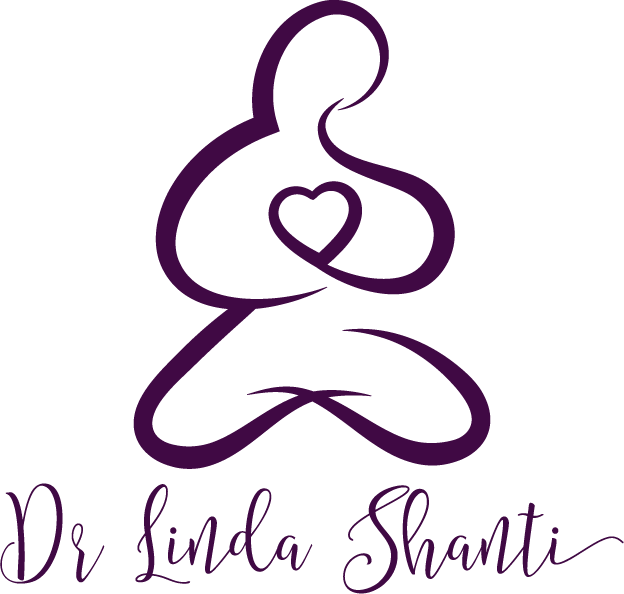Eating Disorders: Not Just Straight, White Adolescent Women
Eating Disorders Do Not Discriminate. Neither Should Recovery.
Despite the myth that eating disorders only affect straight, white, thin, adolescent girls, women and men of all sizes, skin colors, and sexual orientations develop eating disorders. I remember one African-American client (details changes for confidentiality) I saw who was struggling with an eating disorder. She was a bright young woman who struggled with severe bulimia that could not get her family to support her in her recovery because “that’s a white girl’s disease.”
Here are just a few statistics:
*African-American girls aged 11-14 consistently scored higher than white girls of the same age on all Eating Disorder Inventory (EDI) scales measuring features commonly associated with eating disorders except for body dissatisfaction and drive for thinness (Striegel-Moore et al, 2000).[i]
*A study conducted by Robinson et al, found that among the leanest 25% of 6th and 7th grade girls, Hispanics and Asians reported significantly more body dissatisfaction than did white girls. [ii]
*Chamorro & Flores-Ortiz (2000) found that second-generation Mexican-American women-those born in the US to foreign-born parents-were the most acculturated and had the highest disordered eating patterns.[iii]
Acculturation can be defined as the shifting of values from host culture from culture of origin (Kemp & Thomas). This can be one of many intersecting factors in the development of an eating disorder. One woman I worked with in an eating disorder treatment center was a first generation bilingual immigrant. Because her mother didn’t speak English, she had to spend her therapy time translating for her mother. This repeated the dynamic of being “the hero” for the family, and kept the burden of parenting her mother on her, not allowing her to get the care and attention she needed to heal from her eating disorder. Although the mental health team I worked with attempted to find a translator to lift this burden from the client, we were unsuccessful. Another “miss” in treatment and recovery for eating disorders is the shortage of bilingual therapists and therapists not trained in cultural competence.
Culture and Rites of Passage
Eating Disorders have complex etiology and don’t occur in a vacuum. There is a cultural context in which they occur. I often explore with clients what was going on in their own life, in their family, and in a larger cultural context during the time they developed an eating disorder. There is a reason that eating disorders DO affect many adolescent girls: this is the time during which they are developing into a woman! When we look at how the rite of passage of becoming a woman is held culturally (OR NOT), this make sense. Mary Pipher, PhD in her 2005 book Reviving Ophelia explores the phenomena of how girls entering womanhood begin to collapse inwardly against themselves in a culture that doesn’t support their rite of passage into womanhood:
Why had these lovely and promising human beings fallen prey to depression, eating disorders, suicide attempts, and crushingly low self-esteem? Crashing and burning in a “developmental Bermuda Triangle,” they were coming of age in a media-saturated culture preoccupied with unrealistic ideals of beauty and images of dehumanized sex, a culture rife with addictions and sexually transmitted diseases. They were losing their resiliency and optimism in a “girl-poisoning” culture that propagated values at odds with those necessary to survive.
Similarly, when other rites of passage (pregnancy and postpartum, midlife, coming out as bisexual, lesbian or gay) are not welcomed, there is a cultural compost heap fertile for eating disorders to develop. Eating Disorders do NOT only affect straight women and the research is beginning to reflect that (All research stats from the National Eating Disorders Website, NEDA.org):
- Beginning as early as 12, gay, lesbian and bisexual teens may be at higher risk of binge-eating and purging than heterosexual peers.
- In one study, gay and bisexual boys reported being significantly more likely to have fasted, vomited or taken laxatives or diet pills to control their weight in the last 30 days. Gay males were 7 times more likely to report bingeing and 12 times more likely to report purging than heterosexual males.
- Elevated rates of binge-eating and purging by vomiting or laxative abuse was found for both males and females who identified as gay, lesbian, bisexual or “mostly heterosexual” in comparison to their heterosexual peers.
- Gay men are thought to only represent 5% of the total male population but among men who have eating disorders, 42% identify as gay.
Intersectional Opportunities for Healing
At the intersections of misogyny, racism, homophobia, and classism are implications for where we can become curious and fierce about advocating for women – and men, and transgender people – in their recovery and their rights. Feminist theory has a history of, among other intersectional misses, not addressing the experience of women of color. Intersectionality addresses how, when more than one aspect of discrimination intersects, something else altogether emerges that is missed.
“Intersectionality simply means that there are lots of different parts to our womanhood,” Brittney Cooper, an assistant professor of women’s and gender studies and Africana studies at Rutgers University, explained. “And those parts — race, gender, sexuality, and religion, and ability — are not incidental or auxiliary. They matter politically.”[iv]
Many people, including myself, believe that this intersectionality is the next wave of feminism– and recovery.
NOTES
[i] National eating Disorders Association (NEDA) website
www.nationaleatingdisorders.org
[ii]Ibid
[iii] Ibid
[iv] To Understand the Women’s March On Washington, you need to understand intersectional feminism: It’s much bigger than ‘check your privilege.’ by Jenée Desmond-Harris Jan 21, 2017, Vox.com







